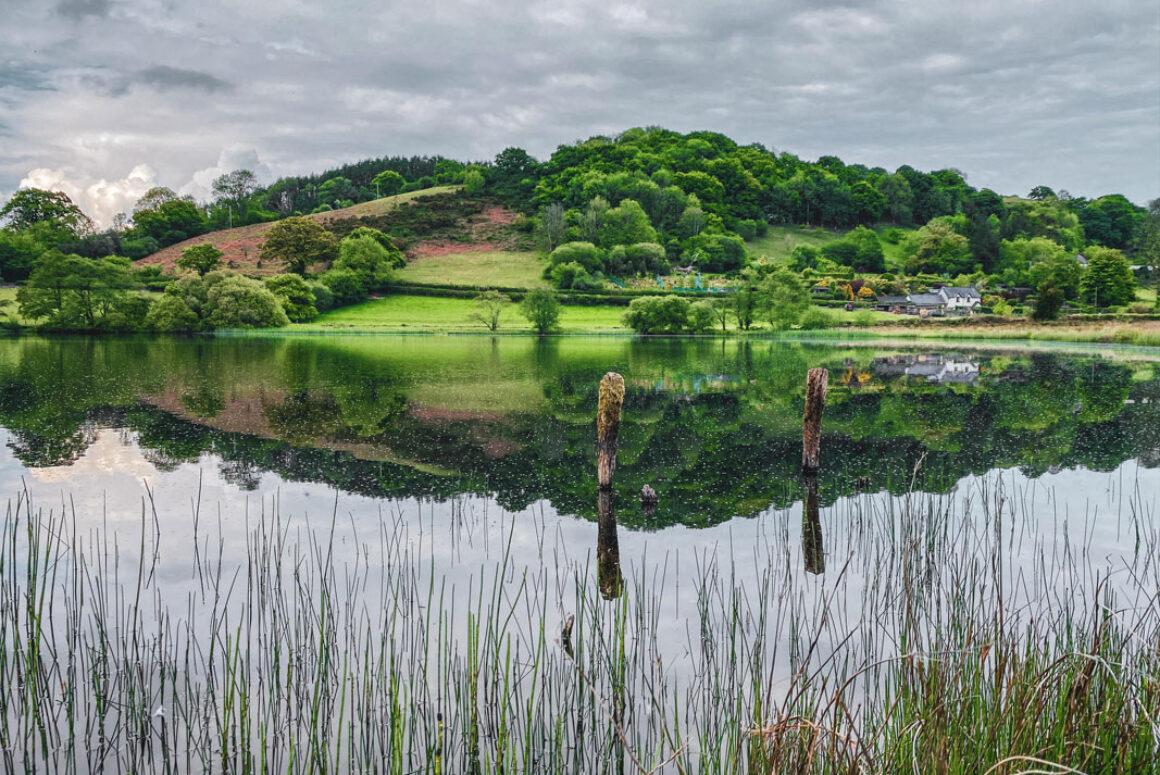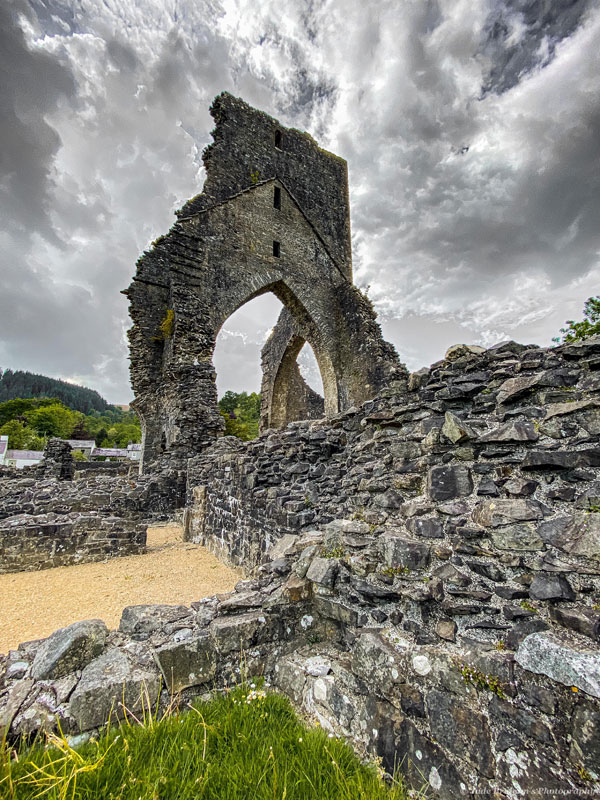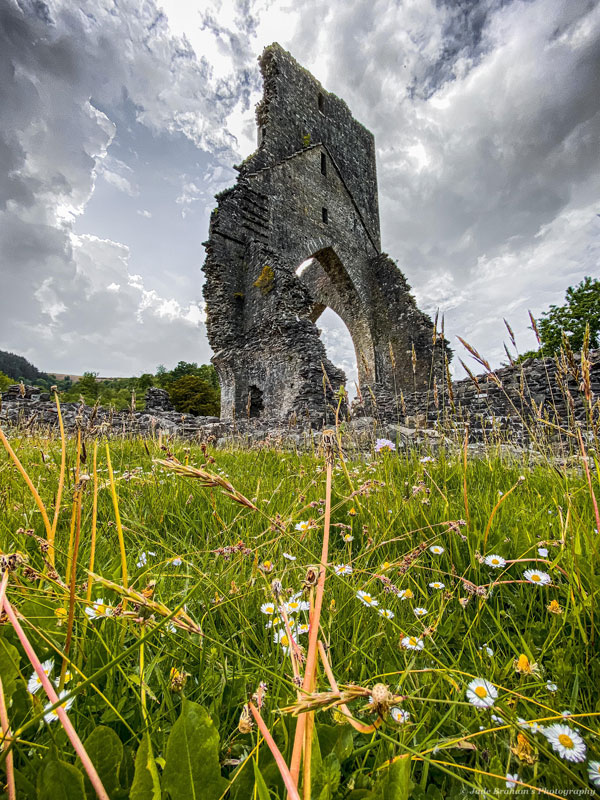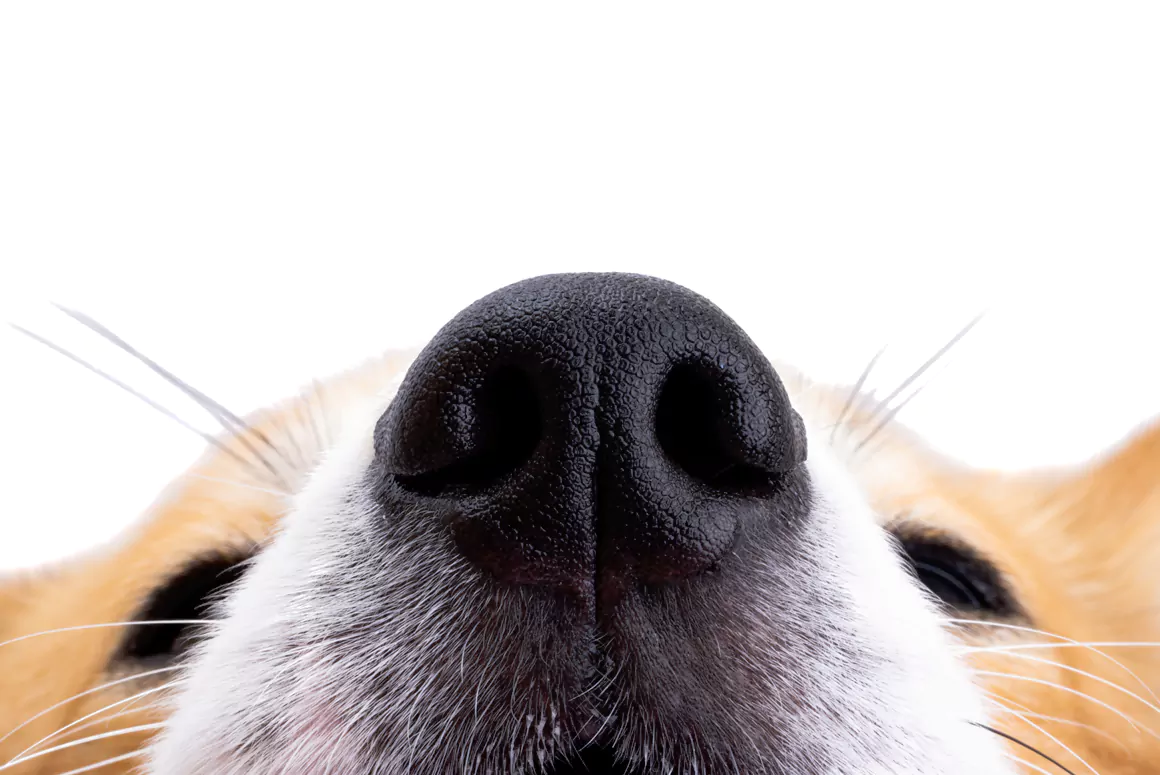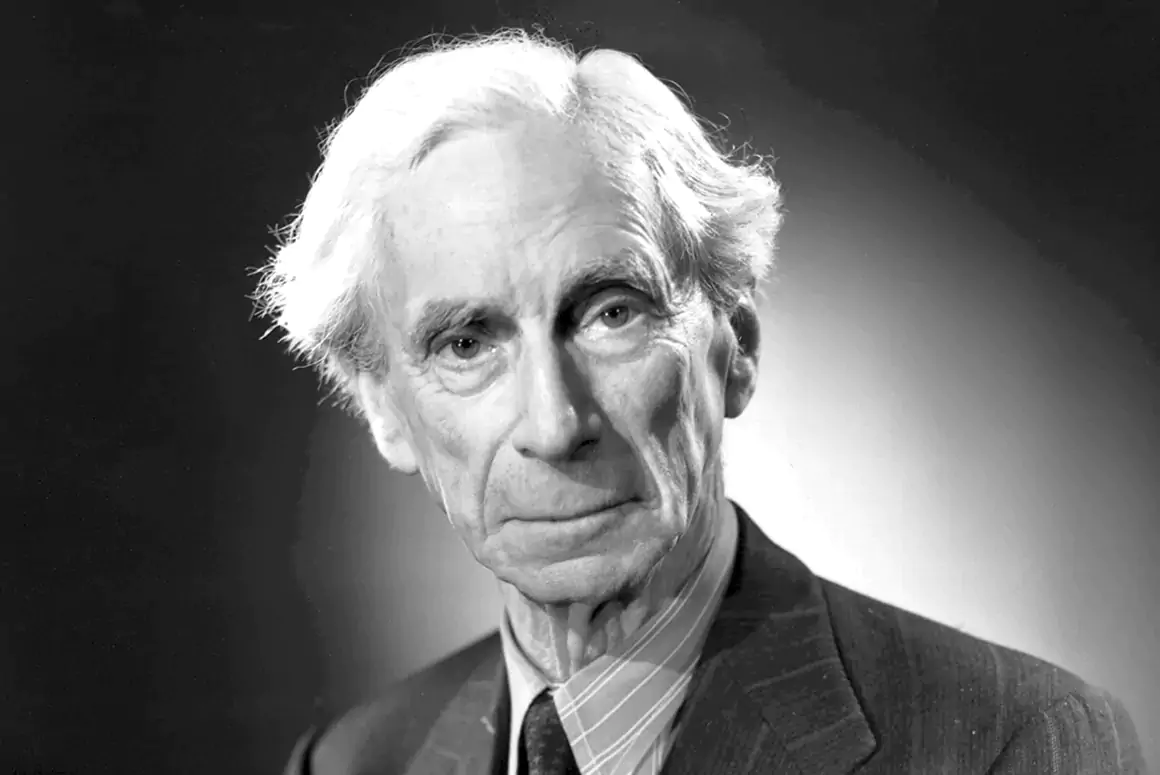![]()
“You never know quite where you’re halfway to,” asserts my companion as we drive past the Ebenezer Apostolic Church at ‘Halfway’. The village name sign corroborates this, and the curved B4302 road from Llandeilo amplifies it by persistently preventing my view of the route ahead. The further I go on this road; the more civilisation seems to melt away. An assortment of stone, timber-framed, and Victorian architecture gives way to sweeping fields. But around what feels like the hundredth bend, a sign, fronted by budding daffodils, insists we’ve arrived at Talley. A remote village with an unassuming and unexceptional appearance – at first sight.
As we pull off onto a side lane by the Talley Abbey signpost, my satnav struggles to find the new road name. It’s a hot spring afternoon, so we roll the window down. But it’s the ceasing of all noise, except for the cacophony of birds, at the moment Talley Abbey springs into being that convinces me we’ve stepped into the beginning of Talley’s historical timeline.
There’s no car park, just a tiny lane bridging the gap between the stone cottages and Talley Abbey’s skeletal remains. But there’s something much more tangible binding these separate components. In the late 19th Century, the village carpenter was granted a small plot of land by the Edwinsford Estate to build opposite the abbey area. The stone he, and some of the later neighbouring houses, used was from the abbey itself. I look at the homes today, and there seems to be a striking synergy, suggesting that the abbey has sired many offspring.
South of the abbey resides a blazing yellow house, named King’s Court, which dates back to the glory days of the abbey. It is believed Henry Tudor stayed here as he journeyed to fight King Richard at the Battle of Bosworth. I can’t help but immediately think of his son, King Henry VIII, who went on to destroy Talley Abbey during the Dissolution of the Monasteries.
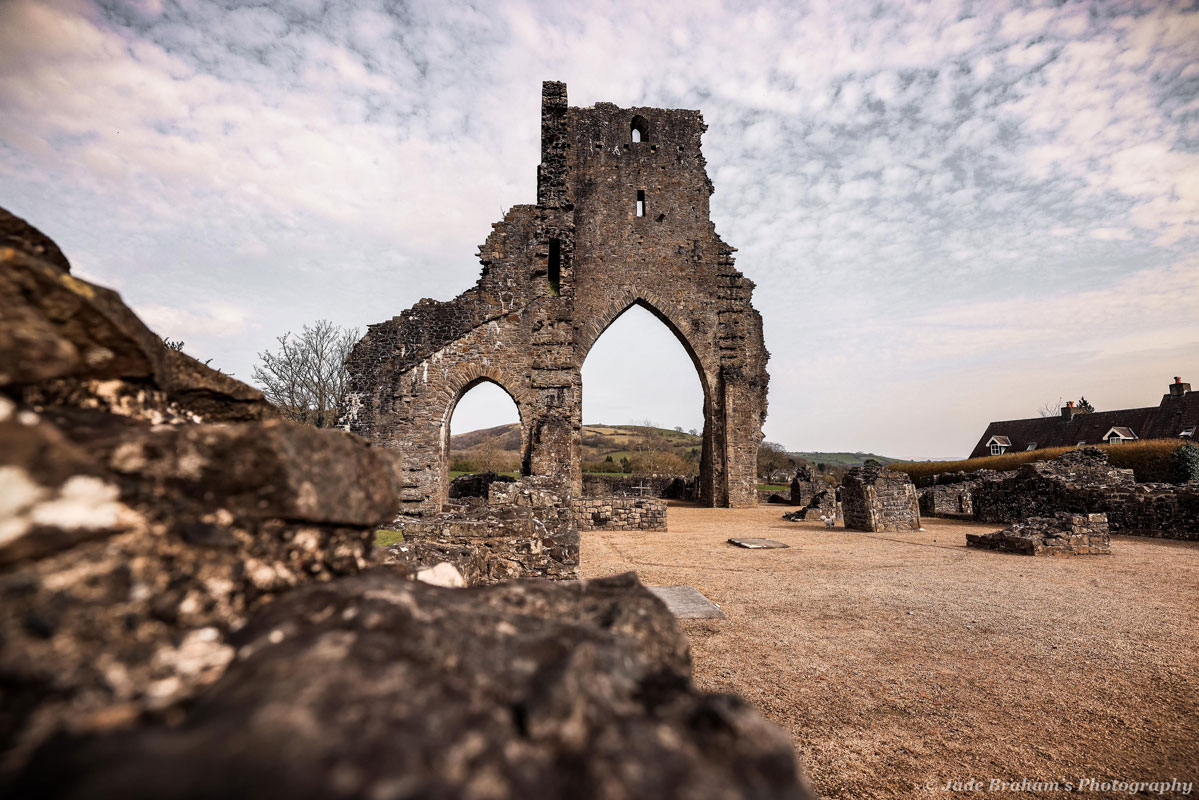
Long before Henry VIII, Rhys ap Gruffydd ignited a religious reform in Wales. He supported and donated a large area of land to the emerging French monastic order, the Premonstratensians, otherwise known as the ‘White Canons’. They arrived in Talley in the 1180s and were the only Premonstratensian order in Wales. As canons, they served in monastic houses and community churches, greatly influencing their district’s people.
Typical of these establishments, the Talley Premonstratensians also sustained themselves through agricultural pursuits. They established granges (groups of buildings) for granaries, livestock enclosures, and stalls, while also farming and fishing in the lakes. These were essential tasks for their survival. It’s not surprising then that the abbey was named Talley (Talyllychau), translating to “head of the lakes”.
Even today, the importance of nature is at the forefront of Talley’s inhabitants. The remaining central soaring tower invites me to look up and marvel at its architectural magnificence. But, as I do so, the fork-shaped tails of local red kites are circulating, while the sound of Canadian geese, ducks, and sheep compete with one another like it’s the final of The X Factor.
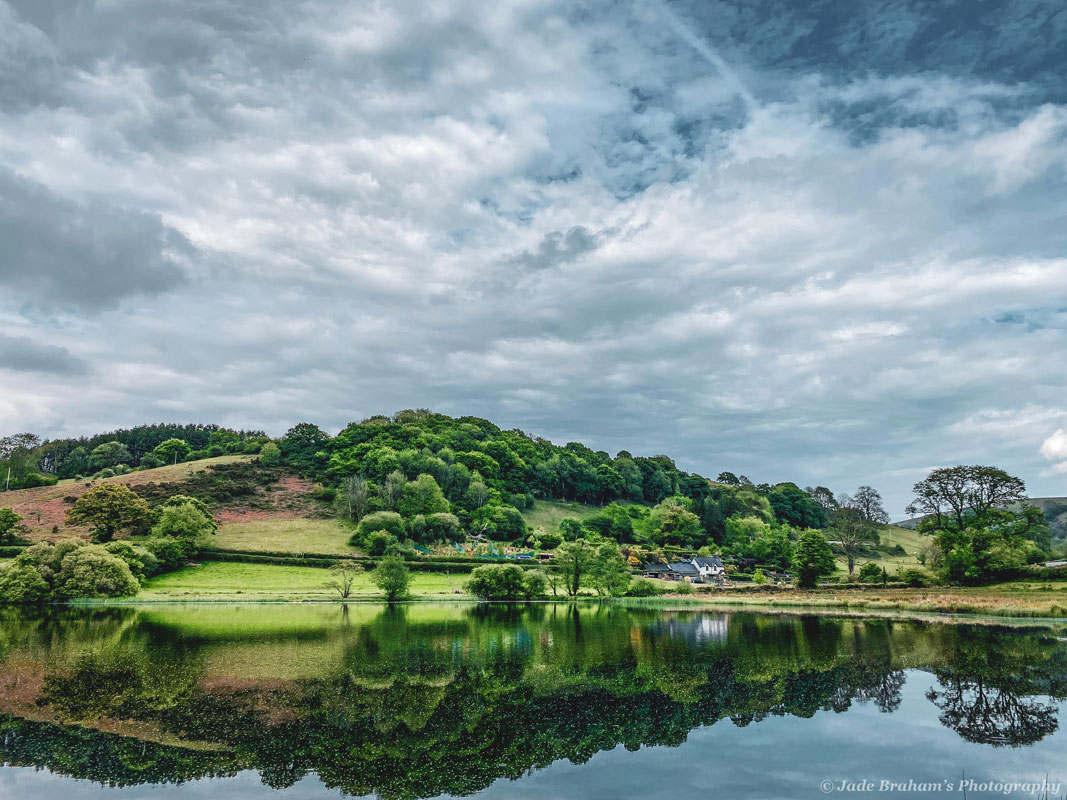
My ears listen for these sounds, guiding me, eventually, to the Upper Talley Lake, where a man teaches his son to fish. In the background, a farmer is dealing with his sheep. It’s the most rural scene I’ve seen in a while, and I wonder how similar it is to when the monks fished and farmed.
Behind me is a little girl squealing as she zig-zags around the graveyard; and it’s at this point I notice an elderly gentleman, presumably a member of St Michael & All Angels Church, sweeping the fallen leaves away from the graves. The religious lifestyle of the Premonstratensian monks, while altered, is very much still alive; and the Church, much like the houses, was built with the abbey’s remains.
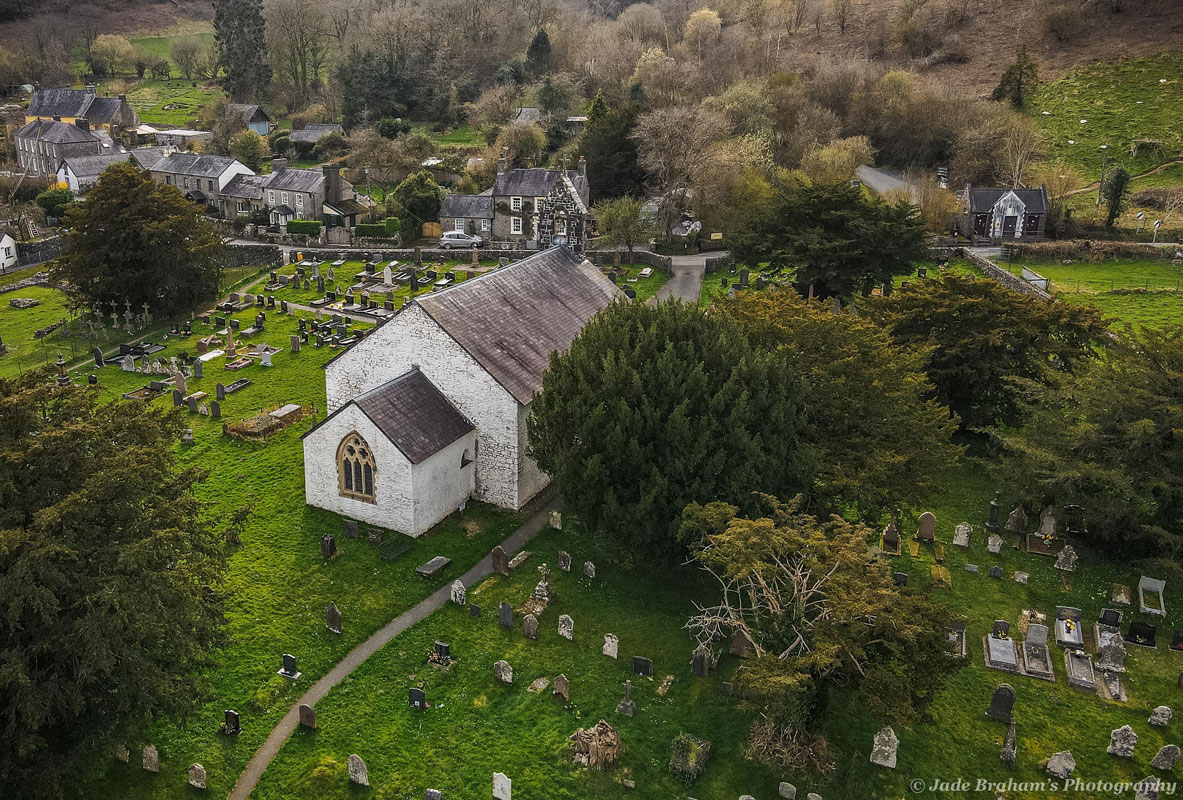
A loyal congregation continues the tradition of delivering Christian support to the community. Acts of kindness are all around me. Neighbours and strangers exchange hellos, and many gravestones are adorned with flowers. I’m even told that special Holy Communions, and other events, are held within the abbey ruins.
Opposite the church is the entrance to Talley Woodlands, which are owned and maintained by the village community. It’s a gentle incline to start, but the Talley Community Orchard veers off to the right, presenting a 10-second trek up a wood-shaving path. At the end sits a lonely bench shadowed by a roughly made stick shelter. Both point east and outwards from the hillside, and I notice for the first time just how strategically situated Talley is.
In the far distance is a succession of snow-capped mountains overlapped by a display of sheep-grazing hills, an undulating dale, and swan-beset lakes. A soft scuffle in the hedgerows catches my ear, and I see two bunnies playfully bouncing an arbitrary avenue through the branches. When one stops, the other affectionately returns to its mate’s side before the duo caper off out of sight.
The resident cockerel’s siren call brings me back to the present, where I am consumed with the local’s adoration and care for the countryside and wildlife. These connections to the natural world are a testament to the monks’ original impulse to seek solitary places. It’s as if the community is trying to get back to the 12th Century, to a time when life was much slower and straightforward.
I head back to the woodland trail and find three walking routes leading up to a magnificent viewpoint and picnic area. The first is Talley View Walk (1 ¾ mile) which takes you through a gorse-covered path, while the Big Trees Walk (1 ¼ mile) climbs through a former arboretum and a colony of ash, oak, spruce, and pine trees. Last is the Cwm yr Efail Walk (2 ½ miles) through the forest.

My companion and I, however, opt for the accessible streamside footpath. We are presented with a rusty old tractor that looks as if it has been plucked from a museum. But, somehow, it seems to fit perfectly within this ancient village.
Getting back in the car, we leave Talley by a different road. The lane gets narrower, and the hedgerows become broken, allowing two lambs and their mother to jailbreak and adventure away from their enclosure. As this happens, I see a car on the other side of the valley in a similar predicament, being kept hostage by the flock’s slow whims.
A part of me cheers for those sheep, and for Talley’s profound connection to nature. But this remoteness starts to sadden me. I can’t shake the feeling that Talley is the place people discover as a pitstop before progressing on their journey. Others never find the village or know its ancient stories. Both scenarios seem a total shame!
Getting there:
By bus: Take bus #283 to Talley and then it’s a six-minute walk to the abbey.
By car: B4302 from Llandeilo.
Eating there:
The nearest place to eat is Llandeilo (7.5 miles) which has many restaurants excellent for a quick bite at lunch or for a more sophisticated dinner, including The Hangout and The Cawdor.
Staying there:
In Llandeilo, The Plough Inn is situated on the A40 near the turning for the B4302 road to Talley. The boutique hotel has excellent views of the Brecon Beacons National Park from £69 a night, and an award-winning restaurant. Phone 01558 823 969.


